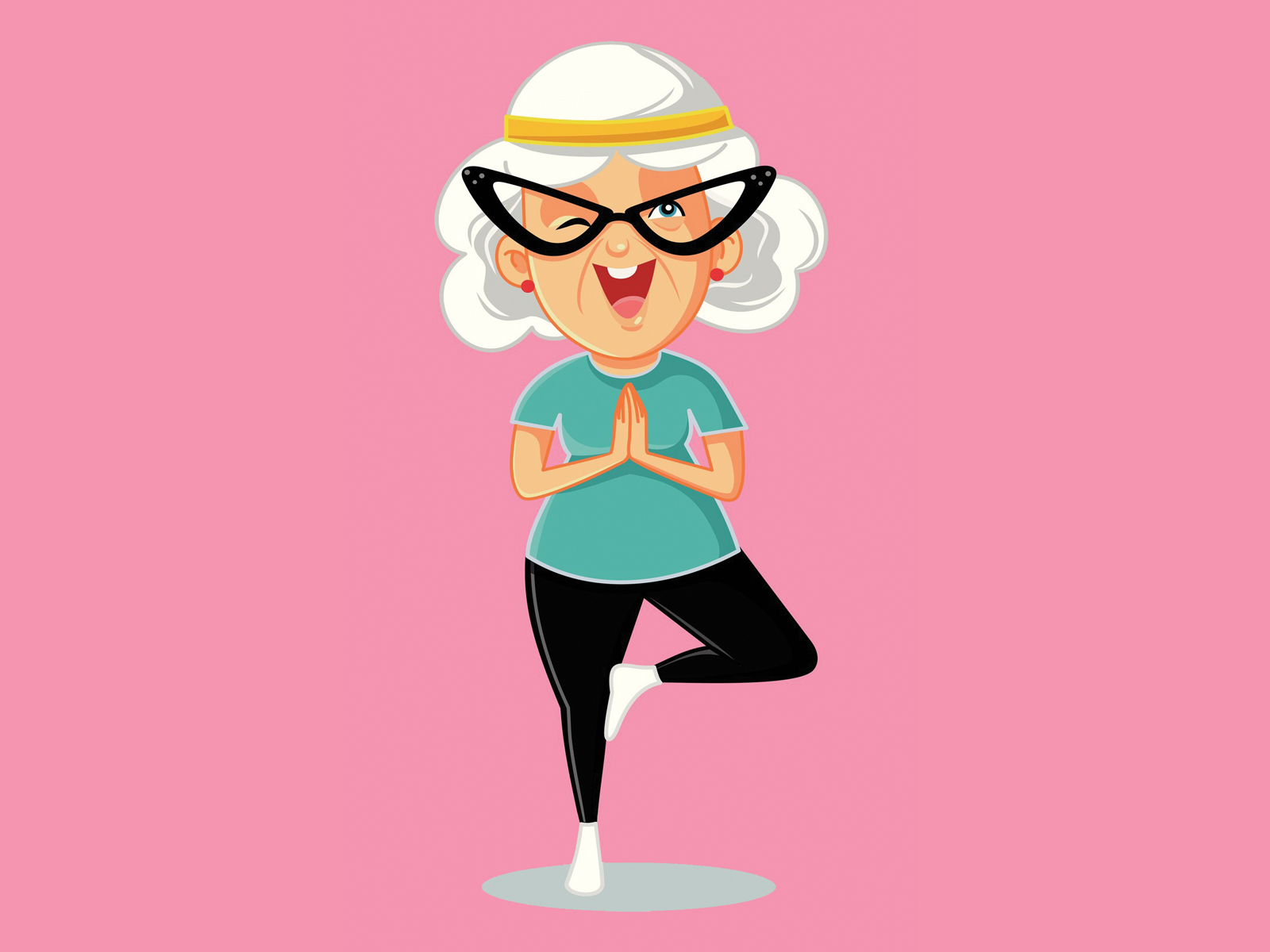Almost 32 percent of women and 16% of men over the age of 65 live alone. Many have or will experience life transitions such as loss of their drivers licence, loss of friends into retirement or care facilities and many are isolated. When asked, many single seniors identified a lack of transportation as a reality that held them back from participating in community life and social activities.
It’s an all too common scenario. An in-laws or parent has died leaving the other one facing the possibly daunting prospect of living alone. Some will want to move in with their adult children, which may or may not be ideal, while others will look for other alternatives. Regardless, expect a period of adjustment and perhaps are socially out of character behaviour. Try to understand that the widow or widower will need time and perhaps space to grieve, get re-organized and decide on their next steps.
Creating A Sense of Security
As soon as older adults are on their own, even during a transition period it will be easier for everyone if you know that they are living in a safe, secure environment. Start by doing a security audit to make sure entrances and windows are secure and encourage them to be “security conscious.” For example:
• ensure all windows and doors are closed at night, even balcony doors and high windows. A “closing up” check list can be helpful.
• don’t let too many people know that they are living alone.
• never use the phrase “We are not home” on their answering machine. Just simply say, “We can’t take your call right now”.
• never open the door to strangers.
• be wary of telephone solicitors.
• keep emergency and family phone numbers handy by the telephone.
• if appropriate, get to know the neighbours, so they will watch out for them.
• sign up for any local police or community crime alert programs (call your local police department for details).
Married couples
Whether they’re newly married or a long-established couple, what remains important to older adults is their independence and ability to stay together.
In a study of six elderly couples living in their own homes and married an average of 48 ears, Frances E. Racher, an Associate Professor in the School of Health Studies at Brandon University asked participants to provide insight into their long-term partnership relationships. Frances was interested in her subjects, adaptability, decision-making, problem-solving capacities as they managed challenge and change, the issues of daily living that they encountered, and their experiences in accessing health services and other resources together.
Not surprisingly, what was discovered was the fact that it was better with two. A couple’s support for each other greatly enhanced their capacity of the couple to manage more effectively together, than either partner could manage on his or her own. Importantly it seems that spouses accounted for an increasing proportion of one another’s social interactions as they became less mobile and their frequency of social contacts with others decreased.
According to Racher, while couples appreciate the support and assistance of family members and health professionals, they did not look favourably on or appreciate what they viewed as interference in making decisions or managing their day to day lives. These couples who separately and as a unit had extensive life experience, committed partnerships and sound problem-solving abilities believed they deserved independence and the respect of others. They even reported frustration when members of their social networks did not support their rights and abilities to make their own life choices.
Elderly people and couples living together value autonomy. They desire choice, the right to make choices, and respect for their choices. When families express faith and trust in their parents, aunts and uncles, abilities to manage their lives effectively, their tendency to interfere is diminished. Family members and others, who recognize the impact of their attitudes and behaviours and behave in truly supportive manners, contribute positively to the quality of life of elderly couples.
Re-coupling
With the institution of marriage fading for many in later life after a “gray divorce” or loss of a partner, (divorce rates have more than doubled), we’re finding an astonishing number of the over ‘50’s cohort re-partnering and subsequently cohabiting. Up by 75%, the number of couples living together in their retirement years has increased with the benefits being fluid, asset protection, happier extended families and the belief that there is less to untangle if things don’t work out.
Living together apart
Another newly popular type of relationship is described by researchers at the University of Missouri as new phenomenon called ‘Living Apart Together’ (LAT)…. an intimate relationship that continues without a shared residence. Well practiced and understood in Europe and trending in North America, LAT is being heralded as an increasingly popular, alternate form of commitment. LAT partners have often been widowed or divorced so they find this style of coupling suitable in many ways. It’s not only pleasant, flexible and freedom enhancing but it really allows them to stay financially independent, sustain existing family boundaries and maintain their own homes without isolation.














